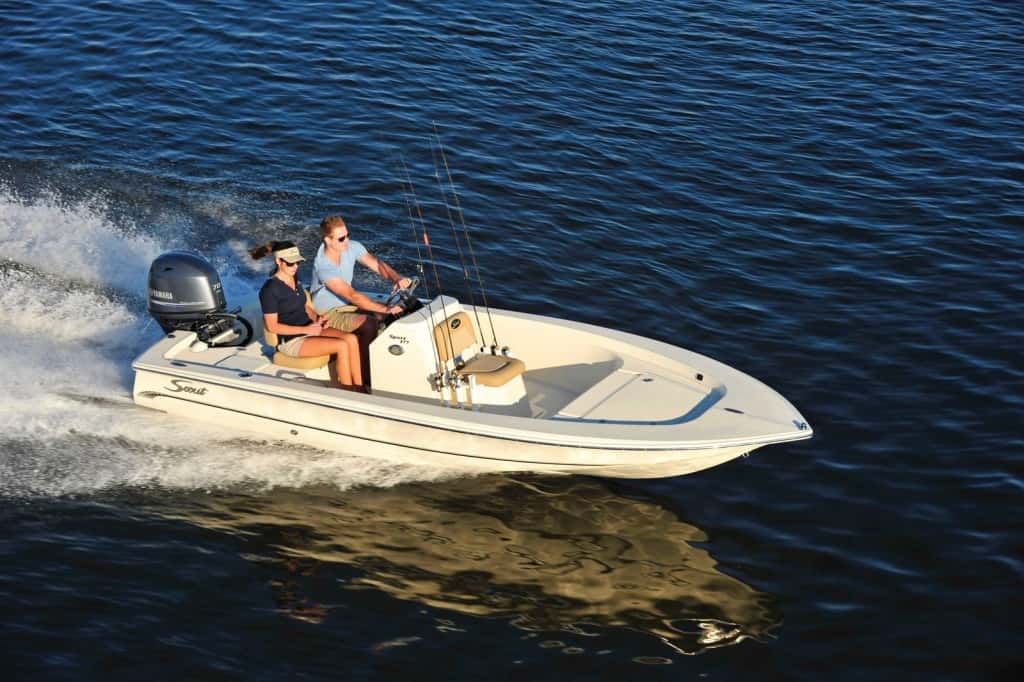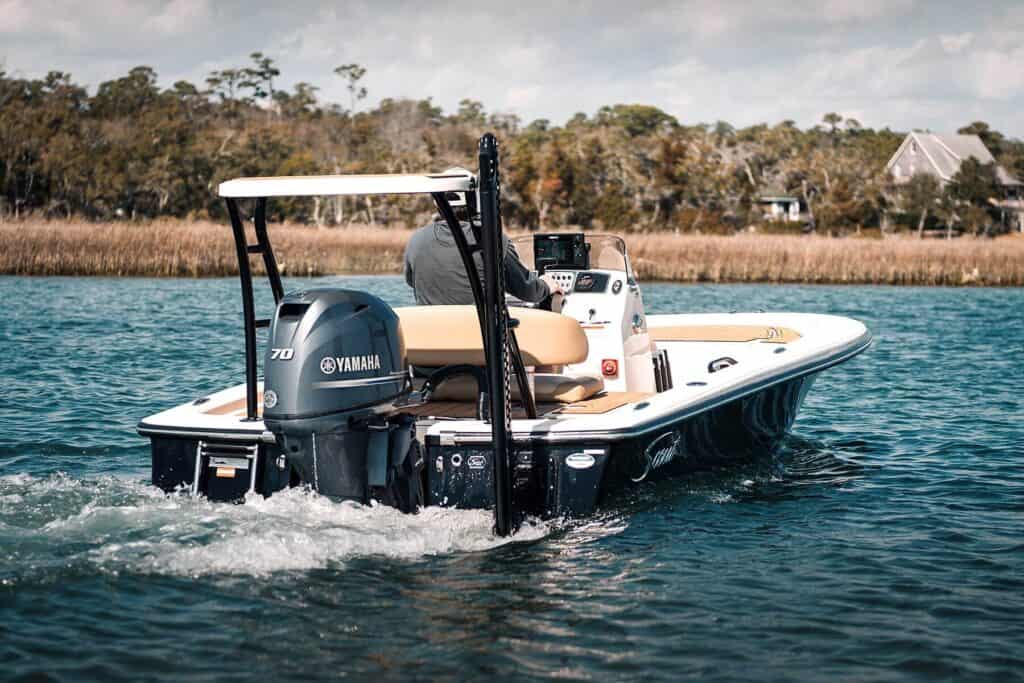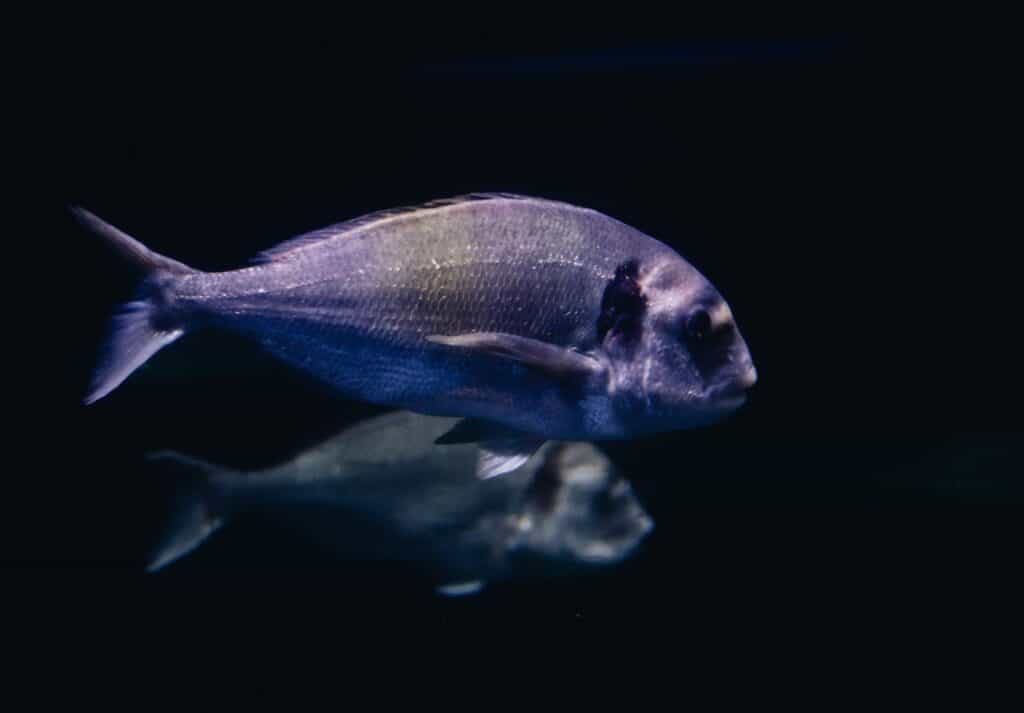All About Sea Bream
Found all over the world, sea bream is a common fish that is caught off of docks, jetties, and out of small boats. They are indeed the fish of the common man as they require very little in tackle, are not very complex, and some versions of them are found in nearly every body of saltwater.
Sea bream are some of the most common table fare in saltwater communities. Though they go by many names and have several subspecies in North America, all are good to eat and fun to catch. Catching them on a fly rod is easy but puts a whole new spin on a classic fish.
Packing the Tacklebox

Sea bream is the saltwater species of the common man. They aren’t flashy and likely won’t be featured on any TV shows or magazines, but that doesn’t mean they aren’t worth pursuing. On the contrary, you can catch some sort of sea bream nearly anywhere, with light tackle, and have a lot of fun doing it at minimal expense.
Rods—Unlike many saltwater species, sea bream generally doesn’t require hefty tackle to land. Generally speaking, an 8wt rod will do the trick. If you go with a rod that is too heavy, you risk being too aggressive when handling the fish and causing the hook to rip an oversized hole in their mouth. While this is unethical, it also results in more lost fish due to the hook slipping out of the hole it has created during the fight.
Reels— Sea bream is exceptionally accessible to someone that doesn’t have a lot or wants to spend a lot to get into saltwater fly fishing. Nowhere is this more evident than with the reel required to catch them. You don’t need a fancy drag or enormous reel to sustain prolonged fights, you just need to ensure it is blue water rated. As with any saltwater fishing, catching sea bream will flood your reel with corrosive seawater. An appropriately sealed reel prepped for this reality is crucial to make repeated trips on the water.
Leaders—Sea bream are often preyed upon by bigger fish, birds, and humans. As a result, they are extremely timid and will run at the slightest hint of danger. Therefore, when selecting a leader, you must prioritize camouflage over everything else. Use a 10lb test fluorocarbon leader at least 6 feet long. This will ensure that your leader goes undetected but has enough strength to withstand any size fish you may hook up with.
Flies— Sea bream are opportunistic and omnivorous eaters. If they think it looks good and they can get it in their mouth, they will likely at least attempt to eat it. This is both good news and bad news for the fly fisherman. On the one hand, you have a lot of flexibility with your fly choices to fit the situation. Sea bream are not like other fish; who will only chase after certain types of prey. However, on the other hand, your choices can make finding the right fly very difficult. A good rule of thumb is always to use a fly with a slight lead, barbell eyes. This will allow the proper sink rate, water entrance, and size to appeal to a sea bream. From there, experiment with patterns, colors, and flash until you start catching fish.
Hooks— Sea bream are small, but their mouths are disproportionately smaller. Even the bigger sea bream have small mouths that challenge the fisherman. A size 6 or 4 will allow the sea bream to get the hook in its mouth but still be big enough to penetrate and hold onto the fish during the subsequent fight. No matter what you do, be biased for going with smaller hooks if possible. While the sea bream can be ferocious in their feeding practices, they are likelier to nibble at potential prey rather than take them in their mouth. Therefore, the smaller hook is more likely to get ingested, resulting in more frequent hook sets.
Tips for Catching Sea Bream on a Fly
Look For Barnacles- Sea bream are small fish with small mouths, but they still require a large amount of protein in their diet. Therefore, searching for small crustaceans and bugs takes up most of their day. These creatures are often present where you will find barnacles. Sides of piers, pilings, and rock piles all provide a place for barnacles, bugs, and crustaceans. The sea bream are never far behind.
White Light and Amber Dirty- Sea bream are visual feeders that are sensitive to the presence of light and water clarity. Therefore, matching the right fly color to your fishing water is critical to catching them. Use earthy tones like brown, amber, yellow, and orange for dirty, stained, or dingy water. However, when the water is clear and there is a lot of light penetration, use whites and blues with as much flash as possible. Following this rule of thumb with the right size fly will virtually guarantee success on the water.
Tide and Current Matter– As with any fishing, you want to play current and tide to your favor. Since sea bream are very structure-oriented, it will always be necessary to fish the side of the structure downstream of the current. This will create a pocket for the sea bream to sit where they won’t have to work as hard to keep swimming and can ambush anything caught in the current. Casting upstream and letting the current take your fly to the sea bream will engage their natural ambush instinct, and you will catch far more fish.
Catching Sea Bream with Scout Boats

Sea bream are often caught close to shore around a structure easily accessible in small boats. Therefore, a large boat is unnecessary and could even be detrimental if used. Instead, you will need a small, nimble boat that is easy to maneuver, drafts very little, and can get to all the little hot spots where sea bream congregates.
The Scout 177 Sport is the perfect boat for chasing seabream when the bite is on. Fast enough with a sizeable range, you can fish all day for sea bream in the shallowest flats.


